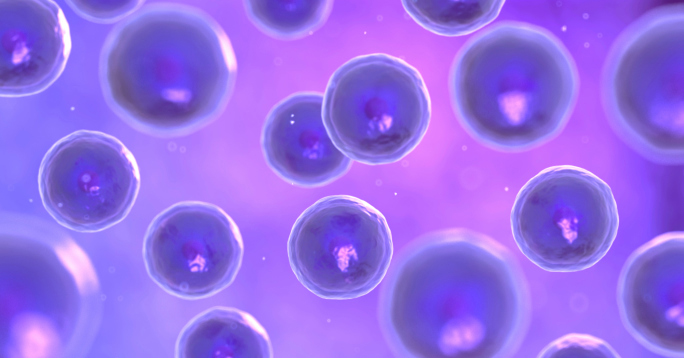
Advancements in the dental field have surpassed many expectations and include CAD/CAM, dental implants, all porcelain crowns, and many more and have allowed patients to have more options during the treatment planning phase. Some of these procedures are time-saving and decrease the amount of invasive treatment such as an implant to the adjacent tooth structure. The next big advancements deal with the potential to regrow a tooth using mesenchymal cells. If this technique proves successful with predictable outcomes, then it has the potential to revolutionize the face of dentistry.
There is a natural production of stem cells in teeth at the periodontal ligaments. The ability to implant them into the oral cavity and expect growth may seem like a Sci-Fi movie but it’s today’s reality. With the latest uses of stem cells in modern medicine it may not be as shocking. Most of these artificial organs are made outside of the body and transplanted into or on the desired area which can generate complications and risk (source). Thus question is posed: can we grow replacement parts within the body? This research is currently being done at Harvard University. Don Ingber, MD, PhD and founding director of the Wyss Institute for Biologically Inspired Engineering at Harvard posed this question that drove his team to find an artificial gel-like material. This material must have the potential to mimic the actions of embryonic mechanisms to shape organs and allow of the reconstruction of new teeth but also other important tissues and organs (source). There is still little knowledge on the actual mechanism of how mesenchymal condensation is controlled and how cell condense cause cell fate switching but this mechanism is important in embryonic tissues which use this physical process for many bodily organs (source).
The problem lies with the lack of an ideal study model under controlled conditions but the research team was able to use mouse embryos (source). They discovered that condensation occurs when the mesenchyme cells tissue layers locates near the layer of epithelial cells and release cytokines to trigger the process of producing a tooth. This leads to the induction of mesenchymal to condense at desired location where tooth will be generated. Dr. Igber’s group made the discovery that the physical compression causes the mesenchymal cells to activate that transcription of certain genes to start odontogenesis. The potential difficulty lies with how to artificially induce the physical compression without damaging the mesenchymal cells. The research team was set on founding a material that would encapsulate the mesenchymal cells and shrink plus compress at body temperatures similar to embryonic cells. They developed a sponge-like material from a gel-formed polymer that has been used to deliver drugs to the body. They implanted the gel with success into a mouse kidney capsule due to the amount of blood supply which started to” lay down mineralized tissue of a natural tooth.” Dr. Ingber added that the mesenchymal cells require the presence of epithelial tissue and can’t perform this process alone.
Although this research is very promising it is still in the early stage of pre-clinical trials. They still have yet to begin Phase I clinical trials which is carried out to prove no harm will be done to patients. In addition the team must file an Investigational New Drug (IND) application form with the FDA and have the Harvard University institutional review board approve the transition to clinical trials. Thus traditional dentistry has a while before it will be impacted by the findings of Dr. Ingber and questions always arise about the cost to patients of new discoveries. This is an intriguing article, and the potential future of the dental field is increasing the ability to treat patients in the most non-invasive, cost effective manner.
No comments:
Post a Comment